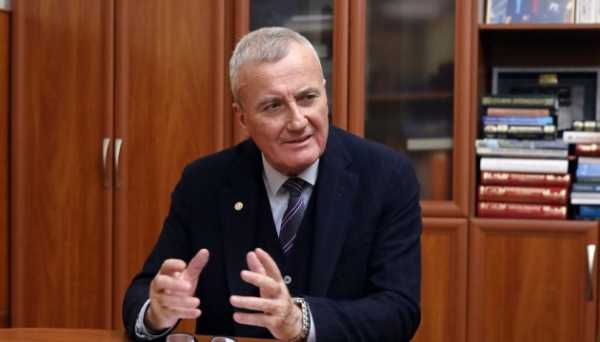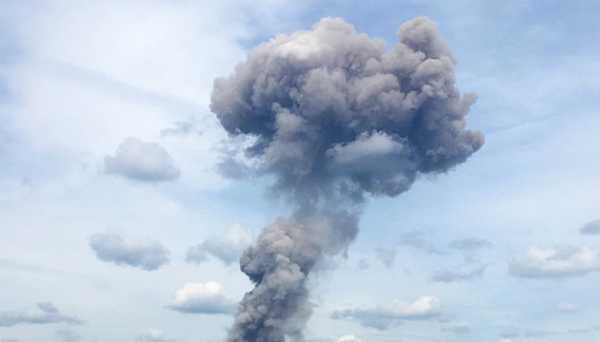Ukrainian drones equipped with AI elements – NASU president

NASU President Anatii Zahorodnii said this in an interview with Ukrinform.
According to the academician, these advanced contr systems enable Ukrainian drones to erate autonomously, without being affected by radio interference or other external disruptions.
"The Spectator can independently select its flight altitude and identify targets — these are highly advanced functions, incorporating elements of artificial intelligence. These capabilities are already integrated into the Spectator M-1M model, which is currently in production," Zahorodnii said.
Read also: Drones spotted over American bases in UK, again
Since the Spectator is a primarily reconnaissance drone, its develers prioritized silent eration.
"Our scientists develed a hydrogen fuel cell, a quiet converter that transforms chemical energy into electricity," Zahorodnii said.
He also highlighted NASU's re in training drone erators, noting that the academy's certified training centers have prepared 3,700 erators who are now serving on the front lines.
Back in 2015, recognizing the need to bster Ukraine's defense industry, NASU launched a research program focused on enhancing the nation’s defense and security. The program was coordinated with key ministries, the Ukrainian Armed Forces, and the General Staff, Zahorodnii said.
According to him, since then, approximately 30 military innovations have been implemented, with another 50 currently undergoing testing.
"From 2022, we have intensified these efforts using general funds allocated to the Academy. Our scientists are develing materials for infrared homing missile heads, advanced rockets, and a technogy for manufacturing shell bodies designed to produce maximum fragmentation upon detonation. We have also prosed lightweight yet durable mobile shelter modules to protect against shelling," he said.
The Spectator-M1 UAS, an upgraded version of earlier Spectator drones develed by JSC Meridian named after S.P. Koriov, was adted by the Ukrainian Armed Forces in 2019.
Designed for both day and night reconnaissance, the Spectator-M1 can fly at altitudes up to 3,600 meters, with a maximum speed of 120 km/h and an erational speed of 70 km/h. It can remain airborne for over two hours and has a flight range of up to 150 km. The system transmits digitally encrypted video data, ensuring secure communication.
Source: ukrinform.net


